In today’s competitive business world, process improvement challenges are inevitable hurdles on the path to operational efficiency. Tackling these challenges head-on is crucial for any organization aiming to boost efficiency, cut costs, and enhance customer satisfaction. As companies embark on process improvement initiatives, they frequently face obstacles that threaten to impede progress.
These obstacles range from misaligned team goals to the challenges of integrating new technologies, each requiring careful navigation and a proactive approach. Successfully navigating a process improvement project demands a thorough understanding of existing processes and a dedicated effort to refine them.
Reflect on your journey through the maze of process improvement challenges. How have these challenges influenced your strategies for streamlining business operations?
Key Takeaways
To improve processes effectively, it’s essential to take ownership of your own processes, embracing both the challenges and opportunities they present.
Prioritize Understanding and Alignment
Understanding your current processes thoroughly and aligning your team’s goals are crucial first steps. Process mapping and effective communication are key to achieving this, ensuring everyone is on the same page before any changes are made.
Cultivate an Openness to Change
Resistance to change is natural, but overcoming it is essential for process improvement. Building a supportive culture that values feedback and focuses on the benefits of change can help ease transitions and foster acceptance among team members.
Focus on Long-term Success
Sustainability and continuous improvement are the end goals. It’s not just about implementing new processes; it’s about ensuring they are sustainable and continuously refined. This requires a detailed plan, employee engagement, and mechanisms for ongoing evaluation and adaptation.
Article Outline
Challenge #1: Lack of Understanding and Alignment
A poor understanding of current processes and goals that don’t align can significantly obstruct process improvement efforts. Without a clear grasp of where you’re starting from, it’s challenging to plot a course to where you need to be, leading to inefficiencies and frustration.
Involving stakeholders in the process improvement journey is not just important; it’s essential. Their insights and experiences can provide valuable context, helping to ensure that improvements are relevant and aligned with broader business objectives.
Solutions for Understanding Processes:
Solution development starts with a deep dive into the underlying processes, ensuring that every improvement is grounded in reality and aligned with organizational goals.
- Process Mapping: This tool visually represents the steps of a process, identifying inefficiencies and areas for improvement.
- Clear Communication Strategies: Developing and implementing strategies that ensure transparent, ongoing communication helps keep everyone aligned on goals and progress.
- Stakeholder Engagement: Actively involve those affected by process changes from the outset to garner support and gain valuable insights.
- Goal Alignment Sessions: Regular meetings to align team goals with organizational objectives ensure that everyone is working towards the same outcomes.
- Training and Education: Equip your team with the knowledge they need to understand and participate in the improvement process effectively.
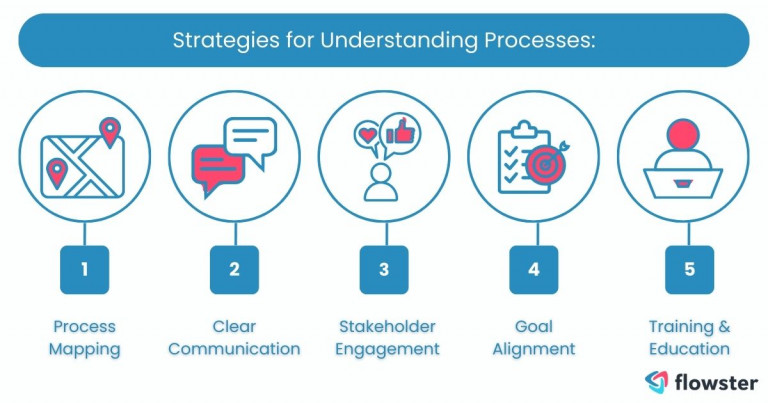
Challenge #2: Resistance to Change
Resistance to change is a natural human response, rooted in the comfort of familiarity and fear of the unknown. In the context of process improvement, this resistance can take many forms, from passive skepticism to active opposition, potentially derailing progress.
This resistance often surfaces during process improvement projects, as individuals may feel threatened by new ways of working or unsure about their role in the new landscape. It’s a hurdle that must be addressed directly and sensitively to keep the initiative on track.
Managing Resistance:
A key strategy for managing resistance is to actively involve employees in process improvement efforts, making them co-creators of their future work environment.
- Building Trust: Establishing a foundation of trust through transparency and consistent communication can help alleviate fears and build support for the change.
- Focusing on Benefits: Clearly articulating the benefits of the proposed changes, both for the organization and for individuals, can help shift perspectives and reduce resistance.
- Involving Employees in the Process: Allowing employees to have a say in the changes and giving them a sense of ownership and control can reduce resistance and foster a more cooperative environment.
- Providing Support and Training: Offering ample support and training for new processes eases the transition, making it less daunting for everyone involved.
- Celebrating Small Wins: Recognizing and celebrating progress, even small achievements, can boost morale and demonstrate the positive impacts of change.
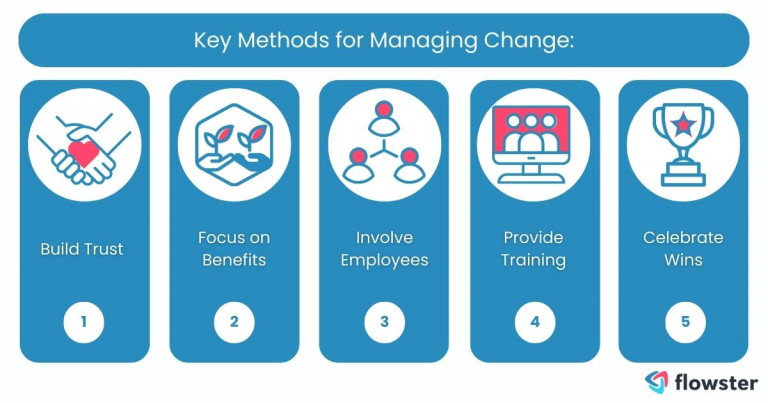
Challenge #3: Difficulty Measuring Success
Measuring the impact of process improvements is crucial to understanding their effectiveness and guiding future efforts. Without clear metrics, it’s challenging to quantify progress, justify investments, or identify areas for further enhancement.
One common pitfall in this endeavor is the reliance on inappropriate or irrelevant metrics, which can provide a misleading picture of success. Choosing the wrong metrics can waste resources, lead to confusion, and ultimately detract from the real objectives of process improvement efforts.
Solutions for Effective Measurement:
Utilizing process maps to clearly delineate each business process can help in setting measurable goals, ensuring that success can be accurately gauged.
- Identifying Key Performance Indicators (KPIs): Select KPIs that directly reflect the goals of the process improvement project. These should be measurable, relevant, and aligned with organizational objectives.
- Setting Baselines: Establish clear baselines before implementing changes to have a reference point for measuring progress. This allows for a more accurate assessment of the impact.
- Regular Monitoring and Review: Set up a routine for monitoring progress against KPIs and review them regularly. This practice helps in making necessary adjustments and keeping the project on track.
- Using Balanced Scorecards: Implement balanced scorecards that consider a range of performance indicators, from financial results to customer satisfaction, to provide a comprehensive view of the impact.
- Feedback Loops: Create mechanisms for gathering feedback from stakeholders and end-users. Their insights can help refine metrics and ensure they remain aligned with business needs
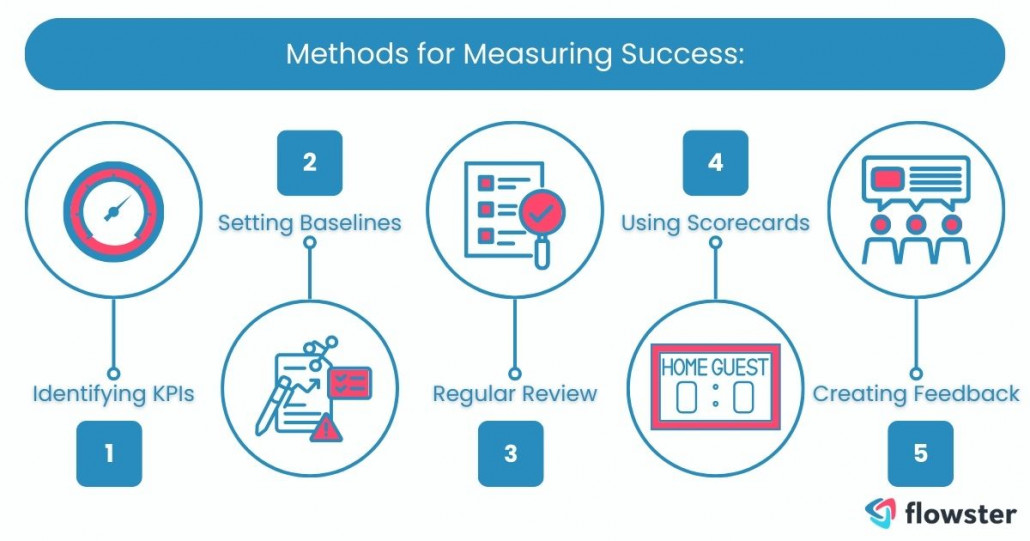
Challenge #4: Inadequate Resources
Dedicated time, personnel, and budget are the lifeblood of any process improvement initiative. Without sufficient resources, even the most well-designed projects can stumble, failing to achieve their intended impact.
In many organizations, especially those operating at full capacity, finding extra resources for process improvement can be challenging. Competing priorities and tight budgets mean that resources are often stretched thin, making it difficult to allocate the necessary support for improvement projects.
Strategies for Resource Optimization:
Leveraging technology to streamline existing systems can free up resources, allowing businesses to allocate more to their process improvement projects.
- Prioritizing Projects: Focus on process improvement projects with the highest potential impact, or ROI. This approach ensures that limited resources are used where they can make the most significant difference.
- Leveraging Technology: Automate repetitive tasks and use project management tools to streamline the improvement process. Technology can also help in tracking progress and measuring results, making the best use of available resources.
- Cross-functional Teams: Utilize cross-functional teams to share expertise and resources across departments. This can reduce the need for additional personnel and foster a more collaborative approach to process improvement.
- Incremental Improvements: Instead of undertaking large-scale overhauls, consider incremental improvements that require fewer resources but can still yield significant benefits over time.
- Seeking External Support: When internal resources are insufficient, look for external support through consultants, temporary staff, or partnerships. This can provide the necessary expertise and manpower to drive the project forward without overburdening existing staff.
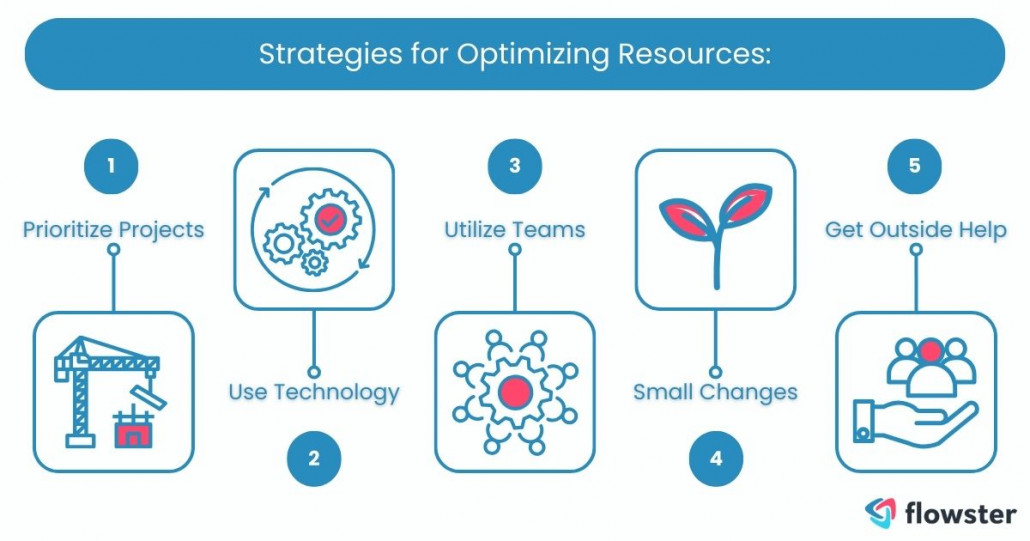
Challenge #5: Unsustainable Implementation
Poorly planned changes often result in a temporary shift that eventually falters, causing a regression to old, inefficient processes. This reversion not only negates the progress made but can also demoralize the team and waste valuable resources.
Developing a long-term implementation plan is crucial for ensuring that process improvements are sustainable. A well-structured plan outlines clear steps, responsibilities, and timelines, ensuring that changes are thoroughly integrated into the daily operations and culture of the organization.
Ensuring Sustainable Change and Continuous Improvement:
Ensuring employee adoption is crucial for sustainable implementation, as it fosters an environment of continuous improvement where processes are regularly evaluated and refined.
- Employee Training and Support: Equip employees with the necessary training and resources to adapt to new processes. Ongoing support helps to address challenges as they arise, facilitating smoother transitions.
- Feedback Mechanisms: Implement channels for regular feedback from employees. This allows for adjustments and improvements, ensuring that the process remains effective and relevant.
- Celebrating Success: Recognize and celebrate milestones and successes. This not only boosts morale but also reinforces the value of the new processes and the effort invested in them.
- Regular Review Sessions: Schedule periodic reviews of the implemented processes to assess their effectiveness and identify areas for further improvement. This fosters a culture of continuous improvement.
- Change Champions: Identify and empower change champions within the team. These individuals can motivate others, provide guidance, and serve as a point of contact for addressing concerns related to the new processes.
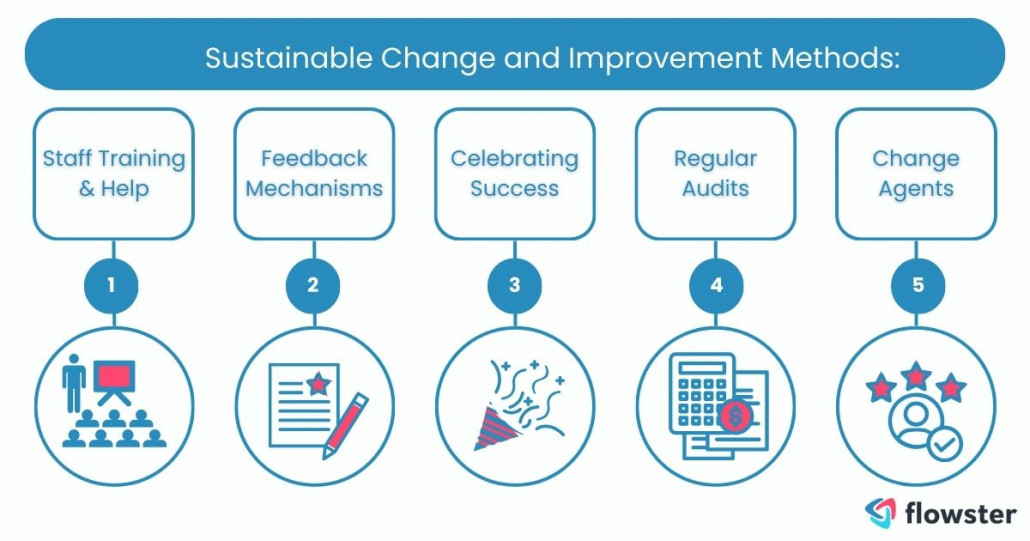
Embracing the Path to Excellence: Overcoming Process Improvement Challenges
Throughout this article, we’ve navigated the complex landscape of process improvement challenges, from understanding and alignment issues to resistance to change, measurement difficulties, resource constraints, and the pitfalls of unsustainable implementation. For each challenge, we’ve offered practical solutions like process mapping, fostering a culture open to change, prioritizing resources, and ensuring long-term sustainability.
Overcoming these challenges is not just beneficial; it’s essential for the success of any process improvement initiative. By addressing these issues head-on, organizations can streamline operations, enhance efficiency, and foster a culture of continuous improvement, ultimately achieving their strategic objectives.
Successful process improvement projects are not just about overcoming challenges; they’re about continually refining business processes and existing systems to create a culture of continuous improvement.
Transform Your Business with Flowster's AI-Driven Automation
Need Simple Process Documentation?
Flowster makes it simple to document your processes using artificial intelligence, or you can browse our pre-built workflows and SOP templates in the Flowster Marketplace. These templates are designed to meet a variety of business needs and can be easily customized to meet your specific needs.
Do you need help? Use our “Done for You” services to have our quality and improvement experts design custom workflows for you. Our team can help you create SOPs from scratch, ensuring that they are completely aligned with your business processes and objectives.




